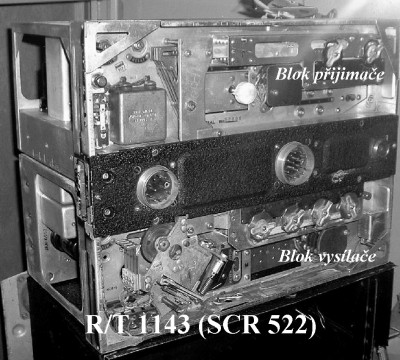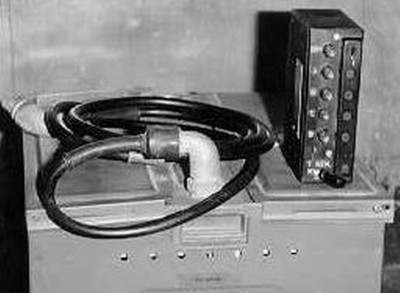Radio station TR 1143
The TR 1143 VHF (UHF) radio transmitter/receiver set was used in the RAF for fighter aircraft, and after the war made its way - along with the "Spitfire" and "Mosquito" aircraft - into our air force.
It operated on frequencies in the 96 - 126 MHz band, controlled by crystals with the possibility of 4 channel tuning and remote switching.
Power 6W.
The alternative, indistinguishable at a glance TR 5043 had a frequency range of 100 - 150 MHz and corresponded to the US SCR-522.
Source: "They wouldn't fly without them" - World of Wings 2008
The TR 1143 VHF (UHF) radio transmitter/receiver set was used in the RAF for fighter aircraft, and after the war made its way - along with the "Spitfire" and "Mosquito" aircraft - into our air force.
It operated on frequencies in the 96 - 126 MHz band, controlled by crystals with the possibility of 4 channel tuning and remote switching.
Power 6W.
The alternative, indistinguishable at a glance TR 5043 had a frequency range of 100 - 150 MHz and corresponded to the US SCR-522.
Source: "They wouldn't fly without them" - World of Wings 2008

